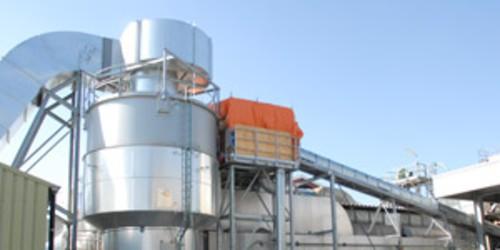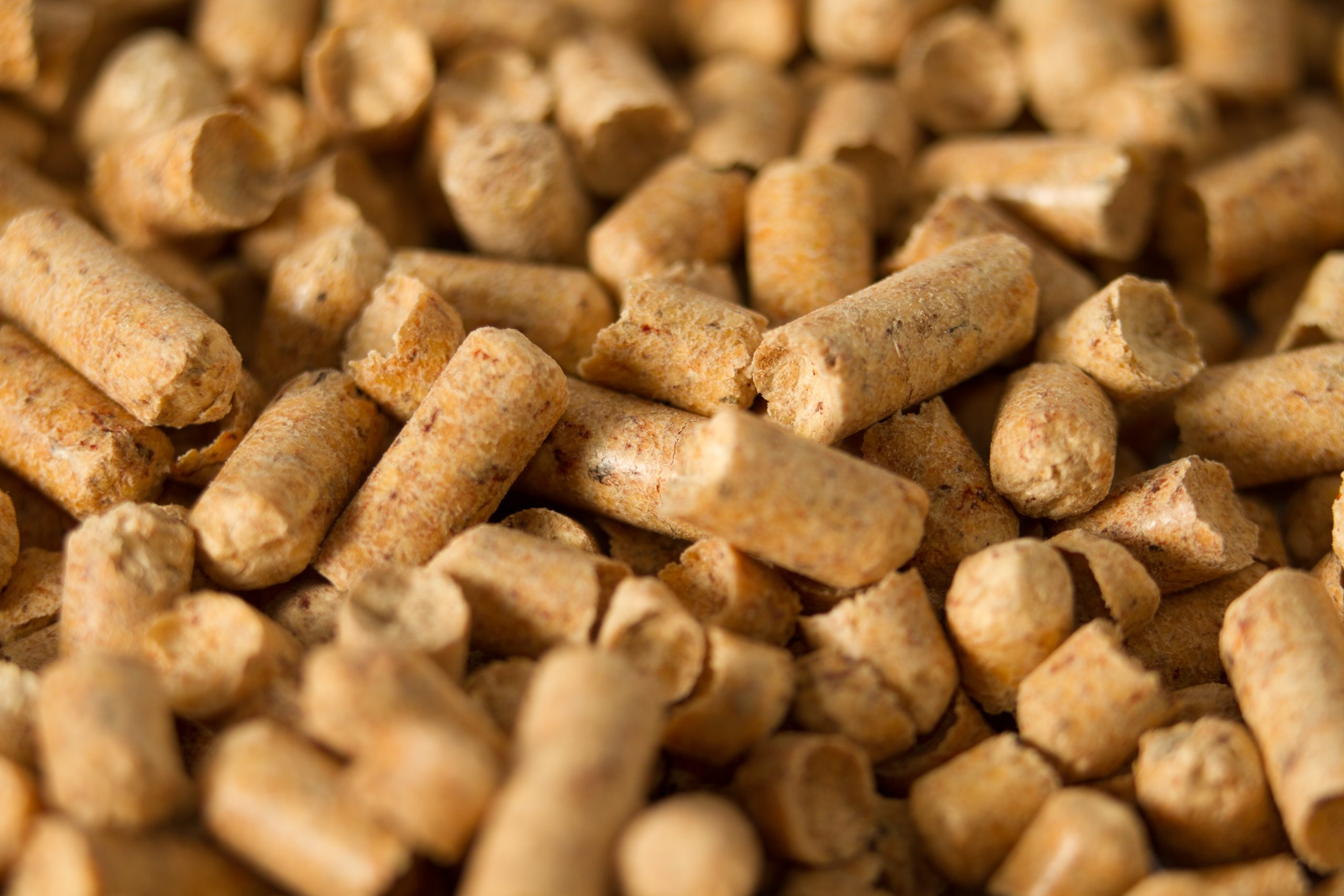Wood chip gas syngas generator
The recovery of energy from biomass isn’t all advantages, it has its shortcomings as well. Biomass plants for example, require a lot of space and it can lead to deforestation. But gasification is a chemical-physical process that can recover energy from biomass such as wood chips in the form of more efficient electrical energy and heat on a small scale.

Gasification of biomass in a reactor with help of a fluidized bed
The TORBED Reactor by Torftech can convert biomass like wood chips and other agricultural waste into syngas, which can be used to fuel engines or to produce energy and heat. Almost any type of wood can be used such as residue wood, wood from old pallets or fruit boxes, veneer or plywood and so on. The equipment is based on suspension of solids (such as wood chips) in a fast-moving gas stream. The gas stream is directed at an angle, lifts the solids into a shallow compact fluidized bed imparting horizontal motion and subjecting the base layer of the bed to high impact gas velocities and high heat and mass transfer rates. Gasification is essentially an oxygen starved (often lower temperature) partial combustion process that produces the syngas, but does not achieve full carbon burnout while also producing a high quality char. This is especially useful for managing biomass with high organic ash content.
The equipment has the ability to allow close temperature control. It also facilitates management of ash fusion problems that are otherwise typical with biomass and waste combustion or gasification processes. This avoids the need for regular shutdowns for ash removal. As an added benefit, the process produces a carbon containing char as a by-product, which could be used as a soil conditioner.
Benefits
- Efficient heat mass transfer for cost effective processing
- Accurate control of the process
- Materials do not have to be carefully graded


